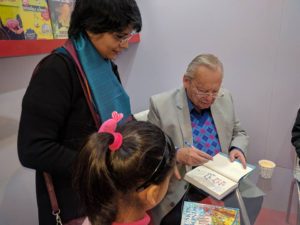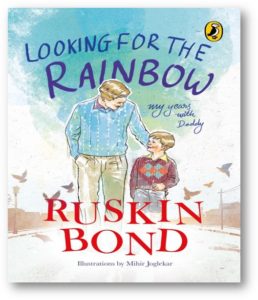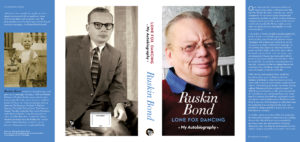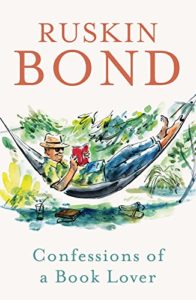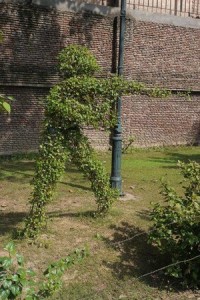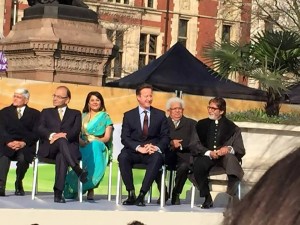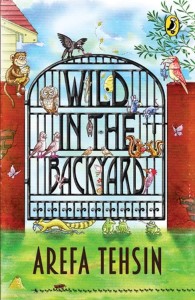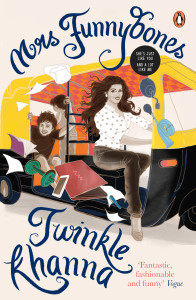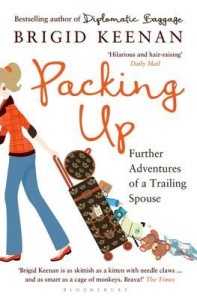Scaachi Koul “One Day We’ll Be Dead And None of This Will Matter”
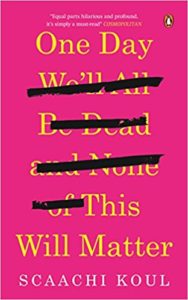 For those of us who are not in a position of power — us women, us non-white people, those who are trans or queer or whatever it is that identifies us inherently different — the internet means the world has a place to scream at us. The arguments range from the casually rude — people who want me to lose my job, or who accuse my father of leaving me and my mother, which would explain all my issues with authority — to comments deeply disturbing, ones that even my greatest enemises wouldn’t verbalize to my face.
For those of us who are not in a position of power — us women, us non-white people, those who are trans or queer or whatever it is that identifies us inherently different — the internet means the world has a place to scream at us. The arguments range from the casually rude — people who want me to lose my job, or who accuse my father of leaving me and my mother, which would explain all my issues with authority — to comments deeply disturbing, ones that even my greatest enemises wouldn’t verbalize to my face.
One Day We’ll All Be Dead and None of This Will Matter Scaachi Koul’s debut is a collection of essays. These are mostly about being a Kashmiri Pundit immigrant from Jammu and Kashmir in Canada. Unlike her family Scaachi Koul was born and brought up in Canada. Her family moved to Canada when her brother was a toddler.
Being an immigrant and a fiesty feminist makes Scaachi Koul’s razor sharp wit a pure delight to read. For example her delightful breezy style of writing as as illustrated in the essay “Aus-piss-ee-ous” which is about her cousin’s arranged wedding in Jammu. “There are prison sentences that run shorter than Indian weddings.” She is smart and sassy in her quick repartee on social media too, a quality that endears her to many while exposing her to trolls as well. One of the incidents she focuses upon is particularly horrifying. Realising the need for diverse voices in the media and as the cultural editor of a prominent online magazine and an immigrant herself she put out a call for more writing from “non-white non-male writers”. It was a conscious decision on her part for some affirmative action. She was wholly unprepared for what followed. The online harassment unleashed a tsunami of angry trolls.
…several days of rape threats, death threats, encouragement of suicide, racial slurs, sexist remarks, comments on my weight and appearance, attempts to get me fired or blacklisted…Nothing was unique, nothing was new, nothing unheard of.
She felt she had to engage as she had encouraged conversation at first but it was relentless till her boss advised her “You shouldn’t feel like you have to play.” She was fuming and very upset at being targetted for being a non-white woman with an opinion till she she deactivated her Twitter upon listening to reason offered by her boss. “…you don’t owe anyone anything. You don’t have to be available to everyone. You can stop.”
One Day We’ll All Be Dead and None of This Will Matter is a brilliant collection of essays by a feminist. She represents the new generation of young women who are using the freedoms won for them by previous generation of women’s movements cleverly. Women like Scaachi Koul are able to see clearly the patriarchal double-standards by which most of today’s world continues to operate by and yet true to a twenty-first century feminist she knows her rights and expects to be treated at par with her male counterparts. This self-confident poise shines through the essays even when Scaachi is testing her ideas with her father despite getting his silent treatment.
One Day We’ll All Be Dead and None of This Will Matter is a collection of essays seething with controlled rage at the innumerable examples of embedded patriarchy. While sharing her testimonies of her firsthand experience of some of the funnier and nastier episodes this memoir also charts her growth as a young well-protected non-white girl to a maturer, sure-of-her-mind woman. This book will resonate at many levels with readers globally for there is universality in these experiences — immigration, forming a sense of identity especially while at loggerheads with patriarchy, learning to articulate your own feelings without feeling guilty and taking action rather than retreating from life.
Read it! This book is meant for all genders!
Scaachi Koul One Day We’ll All Be Dead and None of This Will Matter Penguin Books, Penguin Random House, Gurgaon, 2017. Pb. pp.246 Rs 399
25 July 2017

